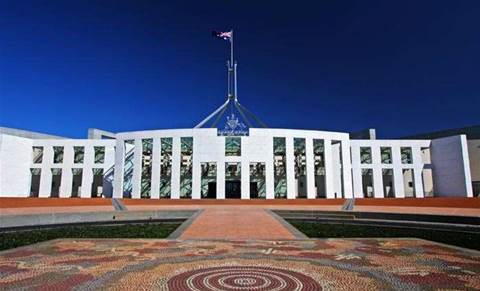Government IT spending in Australia is forecast to exceed $15.5 billion in 2022, an increase of 8.8 percent from 2021, according to the latest forecast by analyst firm Gartner.
According to Gartner, the growth matches a global trend that saw spending grow by 6.5 percent from 2021, totalling $557.3 billion.
The report highlights the pandemic as the primary reason for the rapid growth, identifying the needs for scaled IT infrastructure and application systems to respond to unprecedented public demands.
“Government technology spend in Australia is expected to continue upward for the next few years driven by key programs to progress the digital economy, strengthen national cyber response, adopt emerging technologies and address gaps in regulation to cover technology,” Gartner vice president of executive programs Brian Ferreira said.
“As the Delta variant continues to create hurdles, government spending will increase on solutions to open up the Australian economy while we continue to live with COVID-19, particularly to drive vaccination validation, open up borders and unblock trade”.
Increased investments in digital technologies will see government in Australia spend 72 percent of total IT spending on IT services and software to improve responsiveness and resilience of public services in 2022, according to Gartner.
The analyst firm said infrastructure, applications modernisation, and digital government transformation would remain high priorities for the Australian government in 2022.
Further, Gartner asserted that the $1.2 billion Digital Economy Strategy announced in the Federal Budget will aid in supporting investments in emerging technologies and skills that will advance Australia’s position as a modern digital economy by 2030.
“Key national technology capabilities, whole-of-government cloud and SaaS procurement agreements and digital skills have progressed at a federal level within Australia,” Ferreira said.
“We have also seen a strengthening digital mandate in ministerial roles with cross federal/state collaboration at a state level.”
The forecast estimates that by 2025, over 50 percent of government agencies will have modernised critical core legacy applications to improve resilience and agility.




_(11).jpg&h=142&w=230&c=1&s=1)







.jpg&w=100&c=1&s=0)
_(8).jpg&w=100&c=1&s=0)









